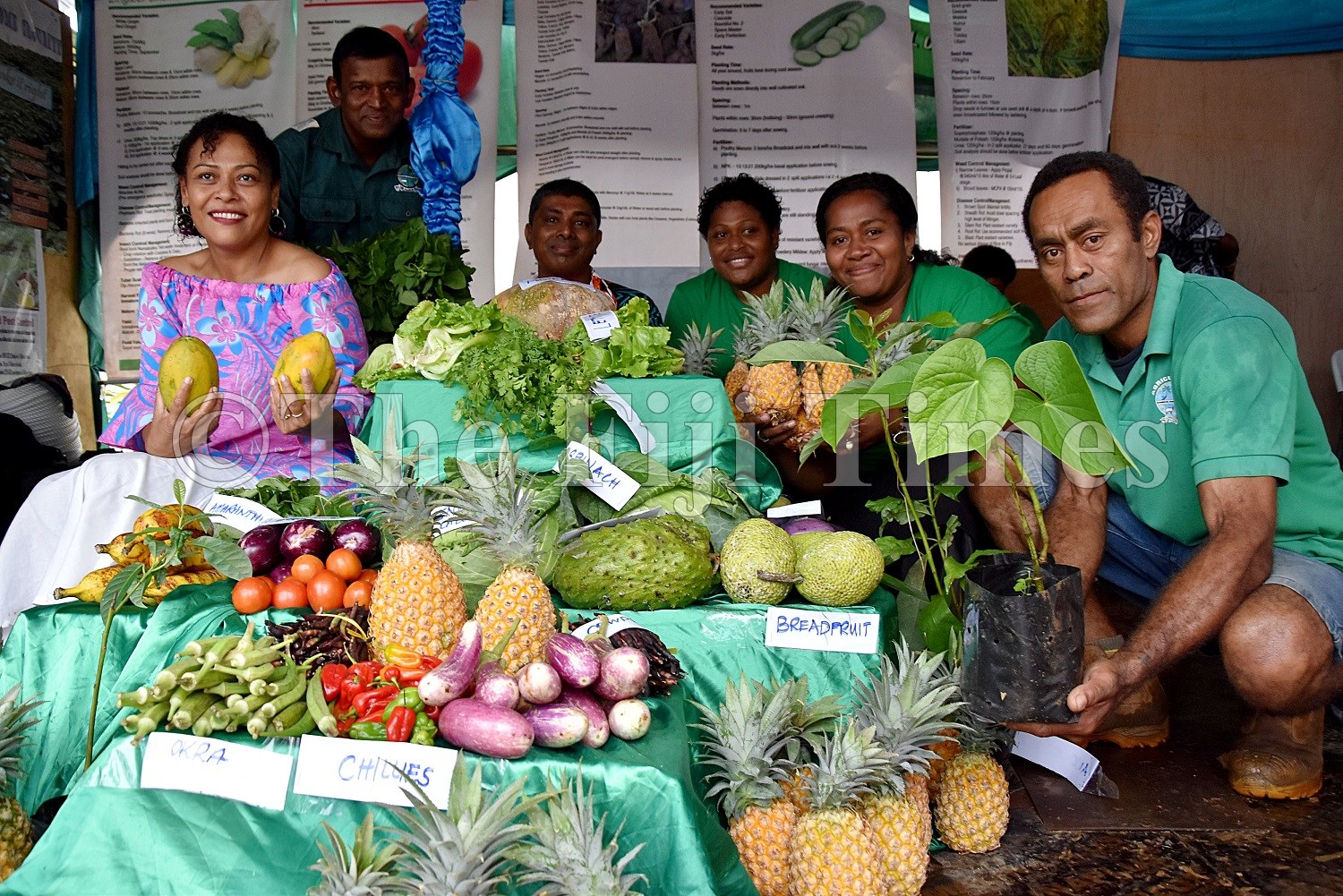Food poverty in Fiji stood at 2.5 per cent in 2017, as per the World Bank estimations. This was highlighted in the United Nations (UN) Pacific Socioeconomic Impact Assessment of COVID-19 in Fiji.
The report used a methodology to estimate a food poverty rate for the immediate post-COVID-19 period as well as for the long-term, considering the assumptions on household income dropped because of the pandemic.
The report firstly mentioned in addition to a drop in income, Fijians were likely to experience rising prices of imported foods.
The report further stated while Fiji was self-sufficient for many food items, it heavily depended on imports for cereals, pulses and vegetable oils among others.
“Meat, cereals and cereal products, beverages, food preparations and sugar are the top five primary sector imports for most Pacific Island countries and account for approximately 50 per cent of the total dietary energy consumed.
“According to the Food and Agriculture Organization (2020), access to imported foods may be limited by the pandemic and food prices will rise.
“Due to COVID-19 related trade restrictions, the aggregate price of cereals may increase by as much as 13 per cent.
“Poor Fijian households spend approximately 29 per cent of their income on food, compared to 18 per cent for those above the poverty line, making poor households much more sensitive to an increase in food prices.”
The report added COVID-19 may also impact dietary diversity and lead to a disproportionate consumption of under-nutritious food, especially for low-income households.
“According to the results of the analysis, the food poverty rate is projected to stand between 6.82 and 9.29 per cent immediately post-COVID-19. At the end of 2020, it may still be between 6.49 and 8.47 per cent.”
The report highlighted in 2021, food poverty could be expected to stand between 5.93 and 7.63 per cent while in 2022, it may still be between 5.41 and 6.09 per cent.
“With that, it would still be significantly above the pre-COVID-19 2.5 per cent.”
The report stated the increase in imported food prices could strongly affect the dietary diversity of Fijians as the increased expenditure on imported staples would leave less money to spend on fresh fruits and vegetables.
“Already, many traditional crops are more expensive and the decline in the agricultural sector has made much of the population increasingly dependent on cheap, imported food, which is especially true in urban areas where home food production is low.”
The report also highlighted urban Fijians grew 5 per cent of the food they consumed, compared with 35 per cent for rural residents.
“Consequently, urban Fijians are especially sensitive to the cost of fresh fruit and vegetables. Thus, the effect of increased imported food prices on dietary diversity can be expected to be even higher for urban than for rural households.”






